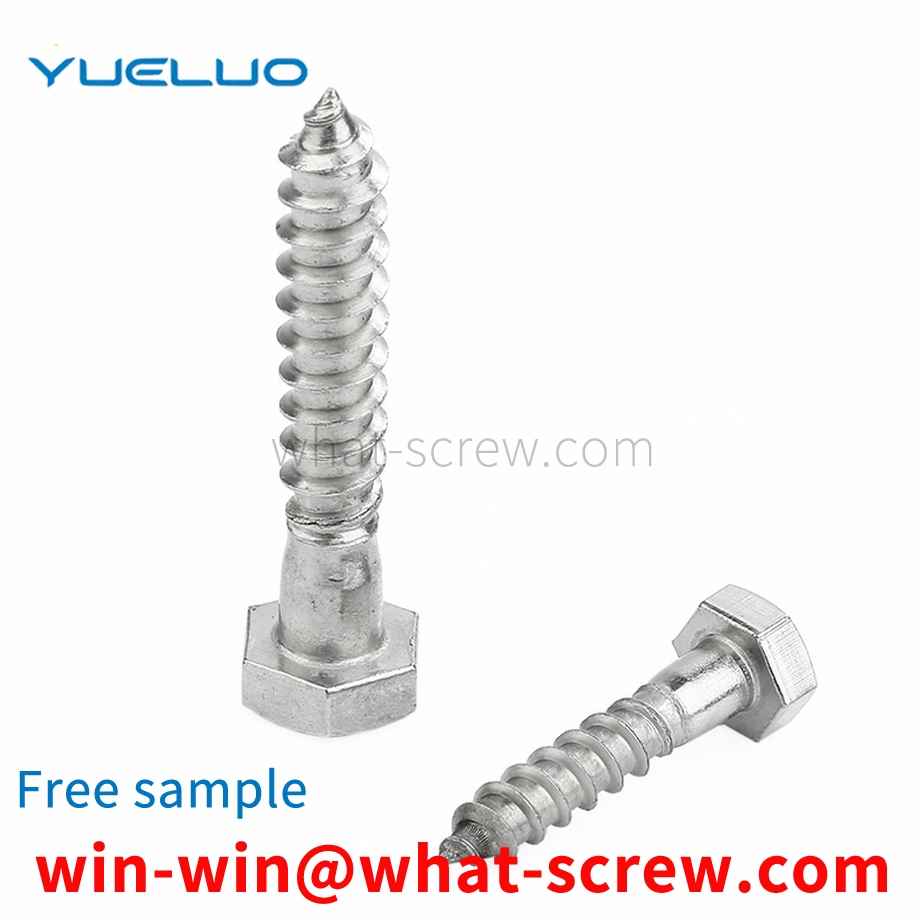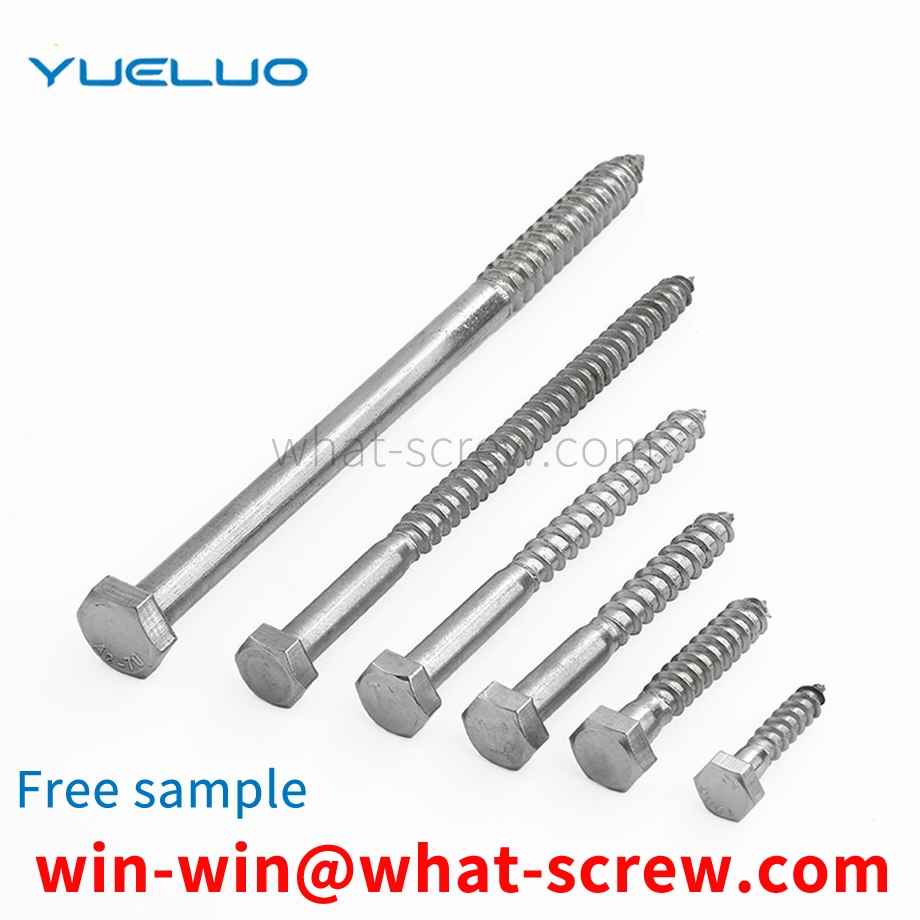The Chinese Patent Application No. 201320368989.2 discloses a pin, which includes a pin body and a cylindrical body part integrally provided with the pin body, a convex tip is provided on the cylindrical body part at one end of the pin body, and the convex The tip is horizontally arranged around the cylindrical body part and protrudes from the surface of the cylindrical body part. The connection between the cylindrical body part and the convex tip is provided with an inclined plane. Although this pin solves the problems of easy loosening and falling off to a certain extent, However, this kind of pin still has the problem of loosening and falling off in the case of bad working conditions and severe vibration.
Anchor bolts can be divided into fixed anchor bolts, movable anchor bolts, expansion anchor anchor bolts and adhesive anchor bolts. According to the different shapes, it is divided into: L-shaped embedded bolts, 9-shaped embedded bolts, U-shaped embedded bolts, welded embedded bolts, and bottom plate embedded bolts.
The first person to describe the spiral was the Greek scientist Archimedes (c. 287 BC - 212 BC). An Archimedes screw is a huge spiral contained in a wooden cylinder that is used to irrigate fields by raising water from one level to another. The real inventor may not be Archimedes himself. Maybe he was just describing something that already existed. It may have been designed by the skilled craftsmen of ancient Egypt for irrigation on both sides of the Nile. In the Middle Ages, carpenters used wooden or metal nails to attach furniture to wooden structures. In the 16th century, nail makers began producing nails with a helical thread, which were used to connect things more securely. That's a small step from these kinds of nails to screws. Around 1550 AD, the metal nuts and bolts that first appeared in Europe as fasteners were all made by hand on a simple wooden lathe. Screwdrivers (screw chisels) appeared in London around 1780. Carpenters have found that tightening a screw with a screwdriver holds things in place better than hitting with a hammer, especially with fine-grained screws. In 1797, Maudsley invented the all-metal precision screw lathe in London. The following year, Wilkinson built a nut and bolt making machine in the United States. Both machines produce universal nuts and bolts. Screws were quite popular as fixings because an inexpensive method of production had been found at that time. In 1836, Henry M. Philips applied for a patent for a screw with a cross recessed head, which marked a major advance in screw base technology. Unlike traditional slotted head screws, Phillips head screws have the edge of the head of the Phillips head screw. This design makes the screwdriver self-centered and not easy to slip out, so it is very popular. Universal nuts and bolts can connect metal parts together, so by the 19th century, the wood used to make machines to build houses could be replaced by metal bolts and nuts. Now the function of the screw is mainly to connect the two workpieces together and play the role of fastening. The screw is used in general equipment, such as mobile phones, computers, automobiles, bicycles, various machine tools and equipment, and almost all machines. need to use screws. Screws are indispensable industrial necessities in daily life: extremely small screws used in cameras, glasses, clocks, electronics, etc.; general screws for televisions, electrical products, musical instruments, furniture, etc.
The heating bolt pre-stretching method makes the bolt pre-stretch to the required deformation amount by heating, and then tighten the nut. After cooling, the bolt is shortened and the connection is pre-tightened. This is a commonly used fastening method in infrastructure installations. However, it is not suitable for devices that often need to be disassembled and adjusted, because during the disassembly process, the connected parts will be heated and elongated together with the bolts, and the use of open flame heating will be limited in some occasions; the use of electric heating will make the structure of the screw It becomes complicated and increases the investment, and even if it is difficult to disassemble, such as the propeller shaft of the ship, etc., the heating method is not suitable.
Rivets are nail-shaped objects with a cap on one end: in riveting, the riveted parts are connected by their own deformation or interference. There are many types of rivets, and they are not restricted in form. Commonly used are R-type rivets, fan rivets, blind rivets, tree-shaped rivets Rivets, semi-circular head, flat head, semi-hollow rivets, solid rivets, countersunk head rivets, blind rivets, hollow rivets, these usually use their own deformation to connect the riveted parts, generally less than 8 mm with cold rivets, larger than this size with Hot riveting, but there are exceptions. For example, the nameplate on some locks is riveted by the interference between the rivet and the lock body hole. The rivet pliers are used to cut rivets. The existing rivet pliers have a simple structure and cannot be riveted according to the The user needs to cut a certain length of rivets, and cutting the rivets is time-consuming and labor-intensive, and it is not convenient for people to use.
We have many years of experience in the production and sales of screws, nuts, flat washers, etc. The main products are: zinc plated anti-corrosion screws, hexagonal side through holes, groove nuts, PM screws and other products, we can provide you with suitable fasteners for you solution.



















 Service Hotline
Service Hotline




